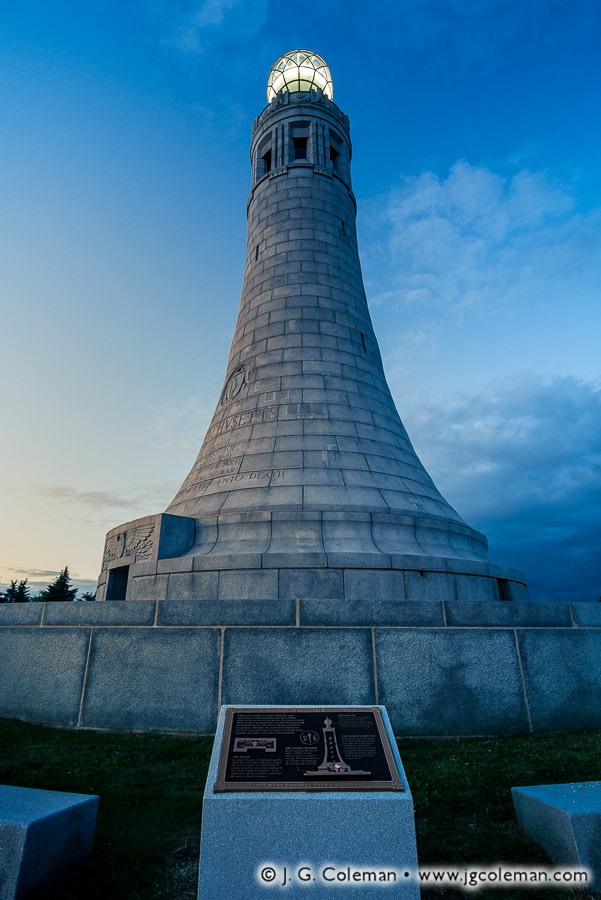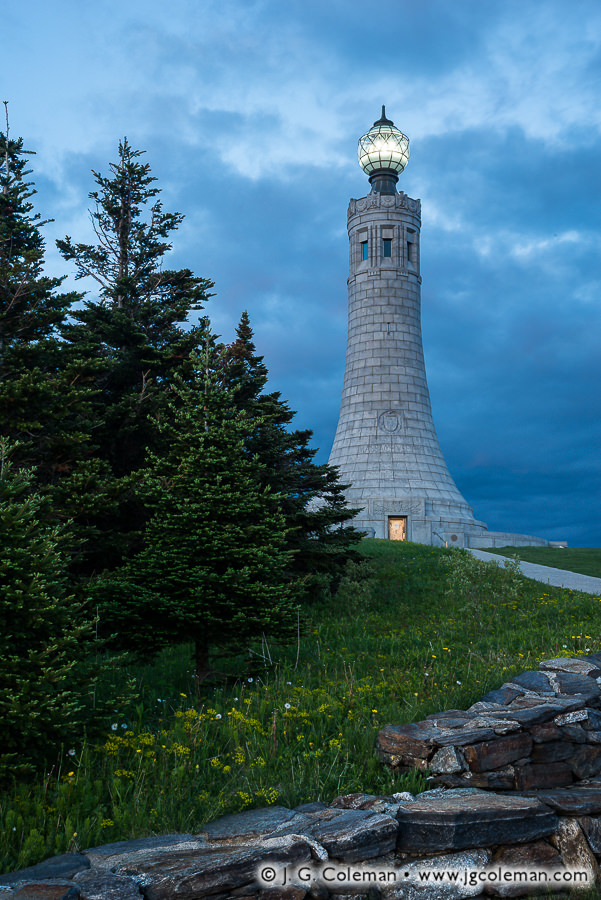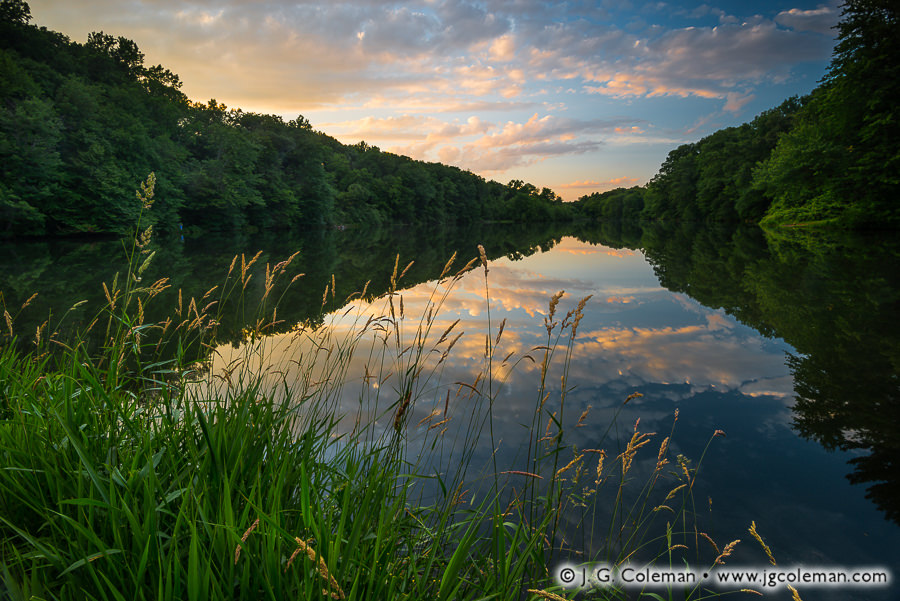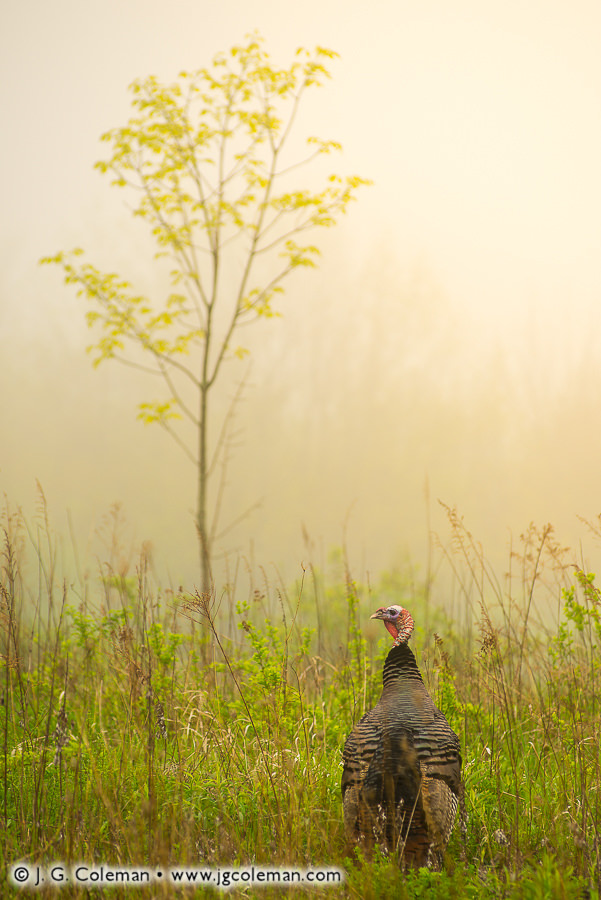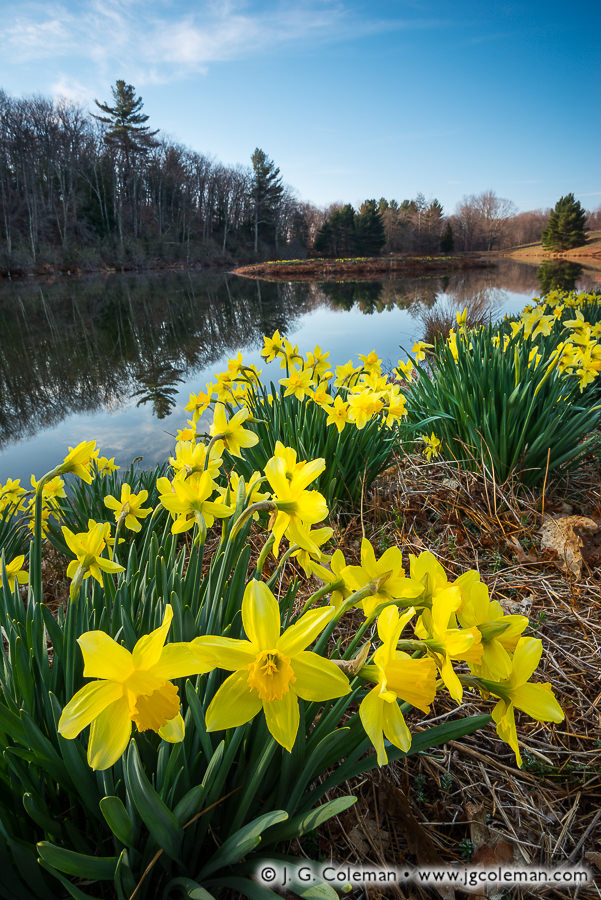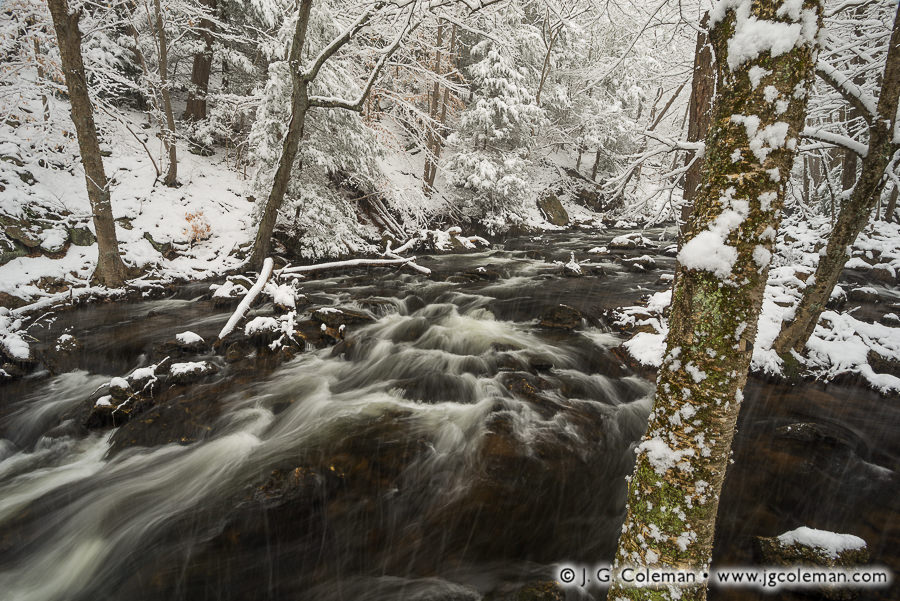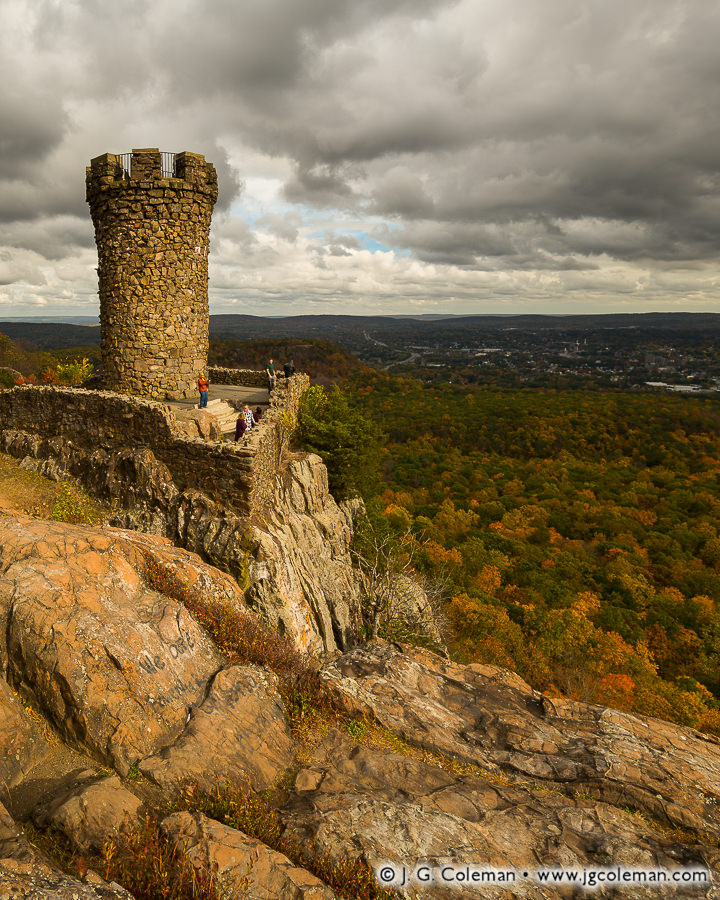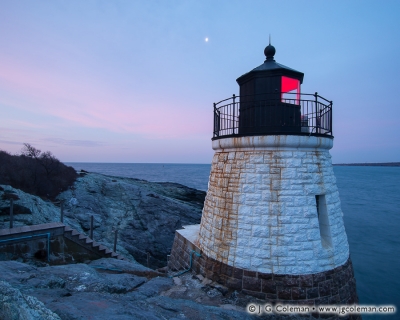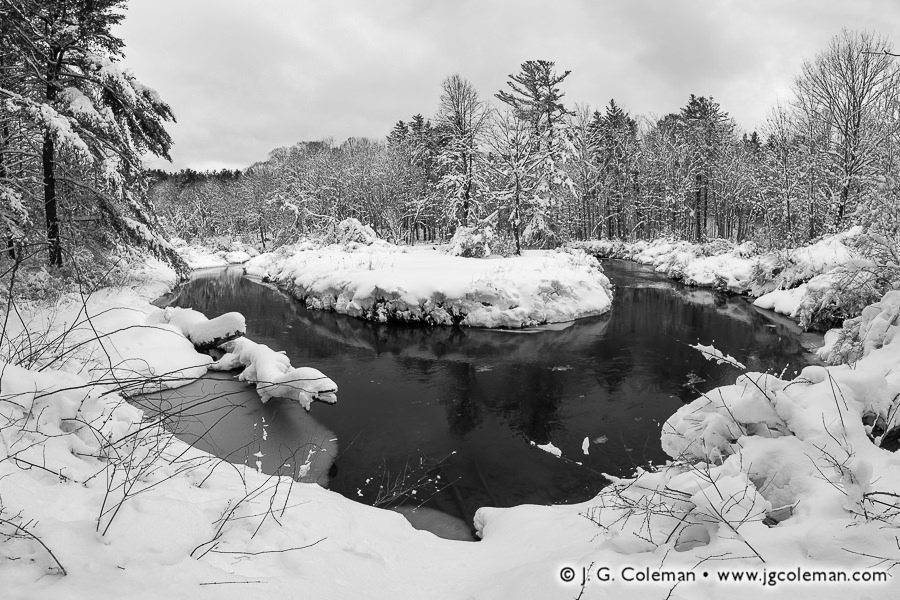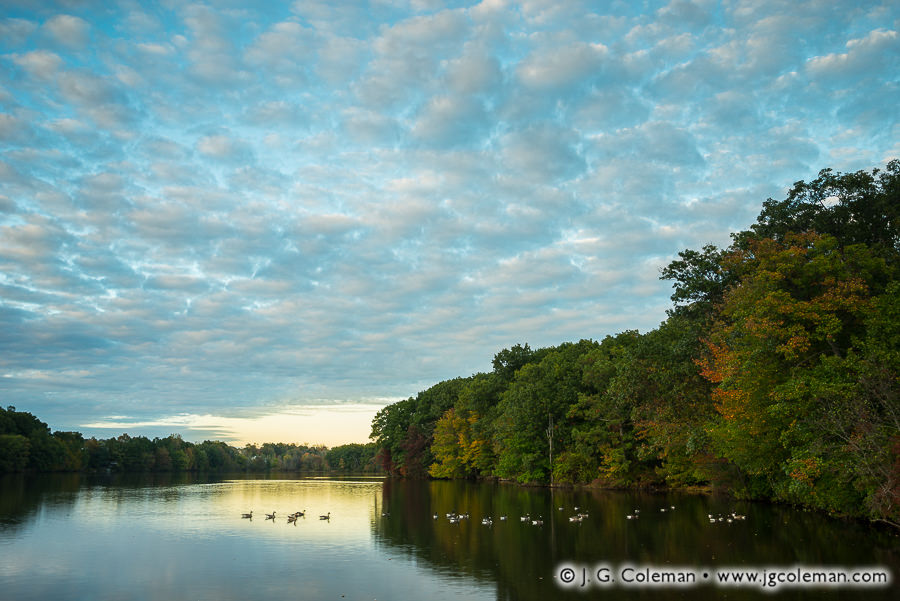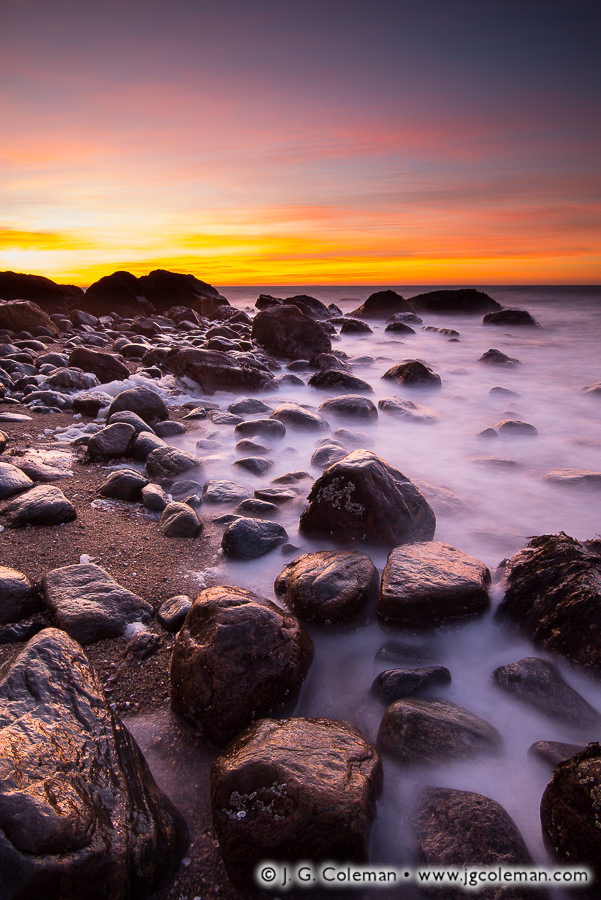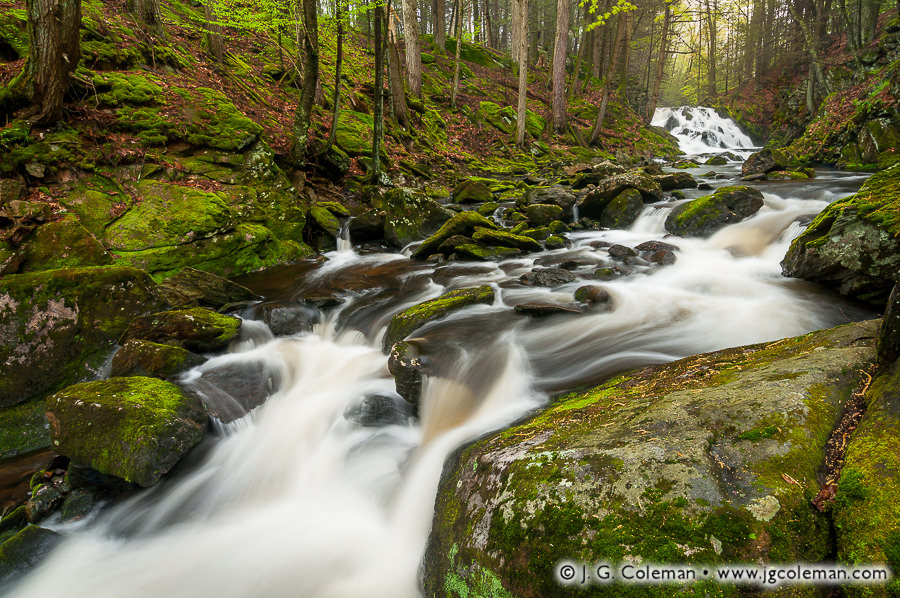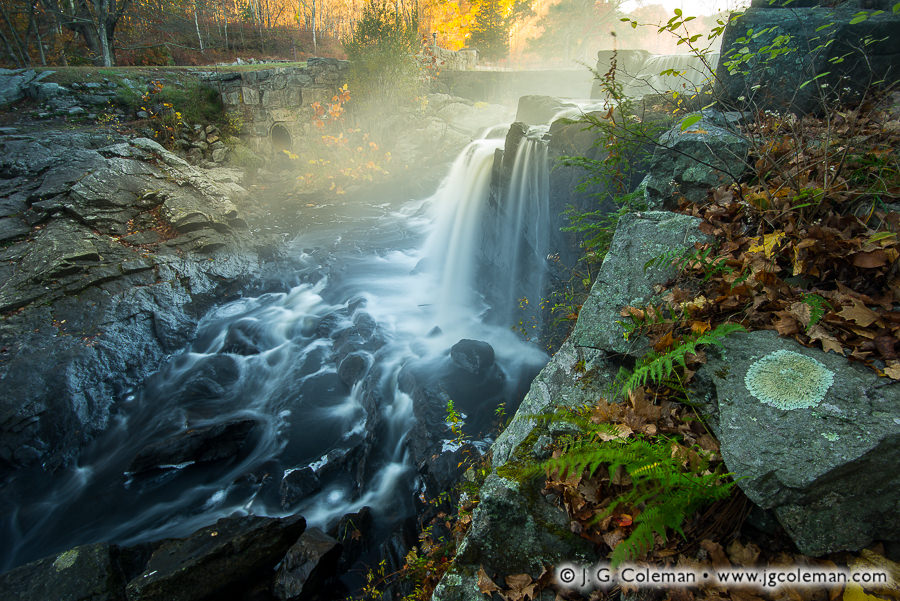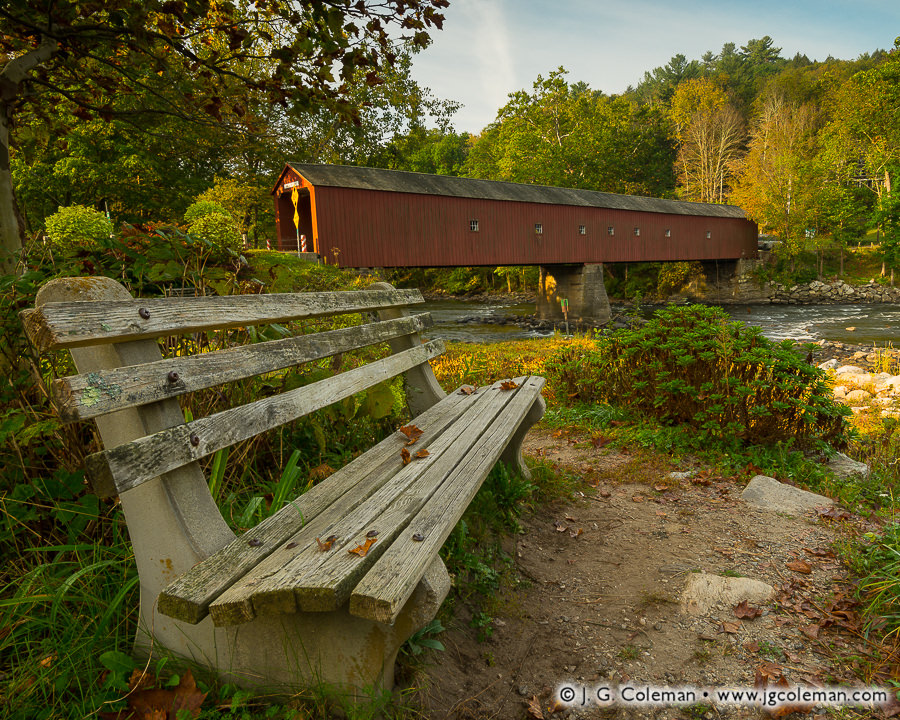
West Cornwall Covered Bridge over the Housatonic River, Cornwall, Connecticut
© 2018 J. G. Coleman
When I’m out shooting in the field, I don’t always know for certain how well a given image is going to “work” once I get it back home and start developing it and reflecting upon how well it does or doesn’t fulfill my creative vision. There are times when I find myself in beautiful environments which simply prove too difficult to commit to a two-dimensional composition in a way that’s faithful to my creative expectations. After all, there are all sorts of sensory experiences that contribute to our experience in the outdoors: birds chirping, changing light, clouds drifting overhead, the sound of breeze rushing through the forest canopy, maybe a brisk autumn chill in the early morning or the impressive quietude during a snowfall. Now, there are techniques that can be leveraged to suggest some these qualities in a purely visual, flat image, but there’s no way to truly reproduce them. And sometimes, when those supporting elements are lost, the visual impression that remains just doesn’t quite convey what I’d hoped it would.
But then again, there are also some outings during which everything comes together beautifully and I know the moment I release the shutter that the imagery I’m producing resonates decisively with my creative vision. “I Dreamt of the Housatonic”, my latest release which I produced last autumn, was created under just those sort of circumstances. When I came by this weathered bench overlooking the Housatonic River and West Cornwall Covered Bridge with soft morning light imparting a gentle glow, it immediately struck me as a golden opportunity.
Having meditated over what drew me so strongly to the scene, it’s tough to pin down any one facet. The image, to me, has a timeless feel that is largely removed from immediate associations with modern life. No cars, no houses with satellite dishes, no joggers in Under Armor, no power lines lazily draped across the river. Putting aside the fact that it’s clearly a modern color photograph, the scene could just as easily have looked almost identical to an observer in 1900 as it did in 2017 (okay, okay… maybe metal road signs weren’t as common back then, but you get my point). And to my sensibilities, that timeless quality also contributes to a somewhat dream-like feel: as if we might find ourselves whisked away in a blissful dream to this quiet bench in the countryside, enjoying the amaranthine solitude of a peaceful, rustic riverscape.
Purchase a Fine Art Print or Inquire About Licensing
Click here to visit my landing page for “I Dreamt of the Housatonic” to buy a beautiful fine art print or inquire about licensing this image.
Want to See More?
Be sure to check out more of my work from the Housatonic River and the West Cornwall Covered Bridge.



